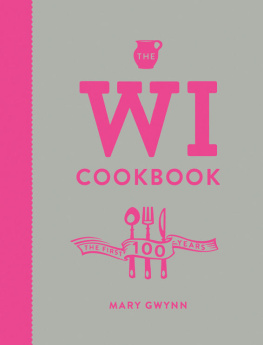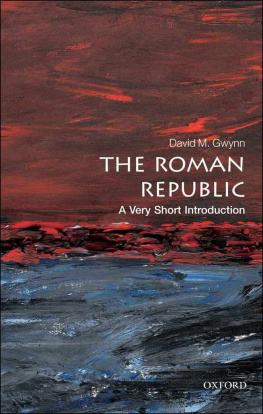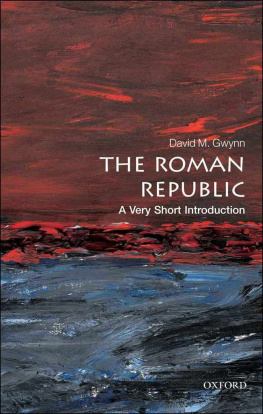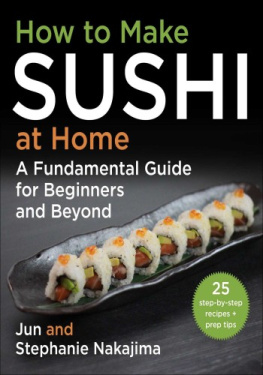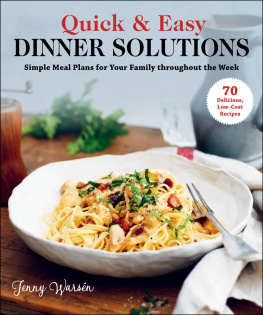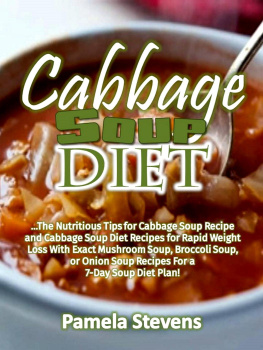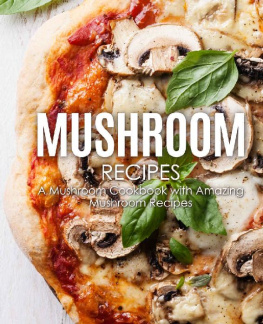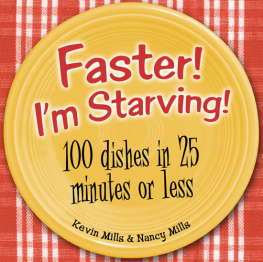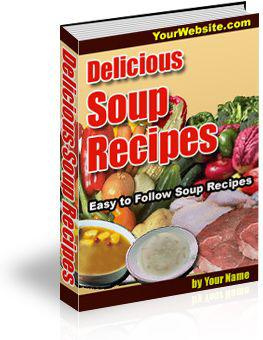Contents
To my mother, Jean, and my daughters, Lucy and Isobel
About the Book
Do you remember the arrival of the fishfinger, the rise and fall of Angel Delight,Vesta curries and Wimpy hamburgers? Didyou own a fondue set or host a Tupperwareparty, or were you starving yourself on theCabbage Soup Diet? Was life always tooshort to stuff a mushroom? And what wasthe point of Nouvelle Cuisine?
There has been a revolution in our kitchens.In 1950, the average housewife worked aseventy-five-hour week. No one owned afridge or had seen a teabag, let alone anavocado or a Curly Wurly. Ten years later,sugar consumption had rocketed: we atemore biscuits than vegetables and fruit. Itwas not until the mid 1990s that we startedto worry about five a day. And now, nearlytwenty years on from the first vegetable-boxdelivery scheme, we are fatter than everbefore... Has there ever been a goldenage of the family meal?
Full of delicious detail, this marvellouscompanion to the BBC series is richwith nostalgia and provides a feast ofextraordinary factual nuggets. Who canguess the filling of the first pre-packedsandwich in 1980? And who could haveforeseen then that a kitchen robot that canwrite your shopping list is now just aroundthe corner?
Reflecting all the fads and fashions thathave graced our table, Back In Time ForDinner is much more than a book aboutdinner; it holds a mirror to our changingfamily lives.
Foreword
Is there anything in the world more compelling than the idea of time travel? To go back through the decades and find out how things really were in the old days, to experience the daily highs and lows of life in another age, to remove our rose-tinted spectacles and see the past as it truly was, is a privilege granted, in real life, to nobody.
But television is different. Television can do anything. I myself was lucky enough to travel through time with Sue Perkins in our Supersizers Go... series for BBC2 a few years ago, and to live and dress and, most importantly, eat as people did in bygone days. But we never re-created those former worlds with the detail or intensity with which it was done for Back in Time for Dinner. And we were just a pair of boozy old TV presenters, the Robshaws are an entire family!
And what a family they are. So full of energy and intellectual curiosity. So down-to-earth, up for a challenge and game for a laugh. Frankly, I thought they were completely nuts to sign up for our crazy experiment. What family could possibly survive being thrown back into the 1950s then dragged through the 1960s, 1970s, 1980s and 1990s, always with new and unpleasantly scratchy outfits to wear, with none of the comforts of modern life, none of the foodstuffs we have come to take for granted, and every fortnight, just as they were getting used to it, having their beloved kitchen ripped out and replaced? Only, I suspect, the extraordinary Robshaws.
For me, who only had to come in and out of the experiment, in my own clothes, and could always go home to a tasty modern dinner, the whole experience was an unalloyed pleasure. In the 1970s and 1980s episodes I saw the kitchens of my childhood come alive again before my eyes in all their garish beauty, and it brought tears to my eyes (or was that just Rochelle chopping onions?). And in the 1950s episode I saw all the complaints of my parents about the grimness and the dirtiness and the rationing of those times which I never truly believed come alive again in a terraced house in twenty-first-century Walthamstow.
It was a real education to see how we have moved very gradually over fifty or sixty years from a world in which almost all our food was prepared from scratch by hand and most family meals were eaten together at a table, to one in which so much of it is factory processed and eaten alone, often on the run. I learned how much we have lost, in terms of nutritional health (we are fatter now than in the 1950s despite eating far fewer calories and only half as much fat), togetherness and romance. But also how much we have gained in terms of variety, social mobility and, crucially, female emancipation from the rigours of the stove and mangle.
Most excitingly of all, perhaps, I think the experiment offers a glimpse of how, after a half-century of technological marching towards convenience and cheapness, we might now, finally, be on the cusp of a move back towards a healthier relationship with our food, to a world in which some of the better things about the good old days fresh, seasonal produce; local shopping; family mealtimes can be resurrected, without the inconvenience of ration books, scratchy jumpers, depressing gender roles and endless worrying about the bomb.
Giles Coren
CHAPTER 1
Enter the Time Tunnel:
from Austerity to Excess in Two Generations
THEY SAY YOU CAN tell someones age by the songs that make them grow misty-eyed. But for me, like so many others, its not just the songs, its the food that transports me back to my earliest years. Born in the latter half of the 1950s, the early songs of the Beatles, Tommy Steeles Little White Bull and the tender tones of my first junior crush, Adam Faith, all form part of my emotional DNA, but they still dont seem to evoke nearly as much feeling as the memories of the smells and tastes of my childhood.
I close my eyes and tune into my nose: little bottles of school milk warmed up on the radiator; egg in a cup each and every day for breakfast while staying at my grandmothers; and the first time I ate duckling rich, slightly greasy, served with green peas while on a family holiday in Cornwall aged about six, and which if I close my eyes I can still taste today. Golden memories of a golden period... But were they really such idyllic years, or am I simply looking back with nostalgic yearning for a simpler time? Food has a way of instantly transporting us back into our pasts, but at the same time it says so much about our present.
The notion that our recollections of food take us further back in time than other types of memory is actually supported by scientific evidence. Rachel Herz of Brown University, Rhode Island, is a leading expert on the psychological science of smell and says: Smell is extremely linked to our memories, in particular to our emotional memories... If you want to bring a memory back, smell is the best thing. Recollections of things that happened to us between the ages of eleven and twenty-five are most likely to be triggered via verbal associations, while memories induced by smell are most likely to take us back to the ages of six to ten. As smell and taste are inextricably linked, the foods of our childhoods hold a very special place in our hearts.
And for lots of us, once triggered, those memories carry us to the heart of our families and the times we spent together around the dinner table. But it seems today that family life as shared over a meal is under attack: fast food, fast lives, more choice all these have an impact on how we eat together. What is happening to the modern family, and has the way we eat at home and outside it changed so fundamentally over the last half-century? Are we in danger of losing, or have we already thrown away, the emotional glue that binds us together those food memories shared around a table?


